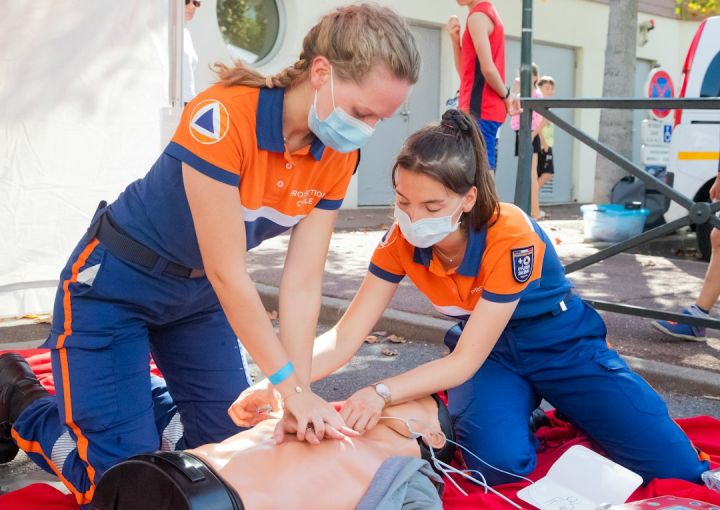How to Use a First Aid Kit after a Bear Injury?
There is no doubt that encountering a bear can be a terrifying experience. In the unfortunate event that you or someone you know has been injured by a bear, it is crucial to have a well-stocked first aid kit on hand. Knowing how to properly use the contents of a first aid kit can make a significant difference in the outcome of an injury. This article will guide you through the steps of using a first aid kit after a bear injury, ensuring that you are prepared and able to provide immediate care.
Assess the Situation
Before reaching for your first aid kit, it is important to assess the situation and ensure that it is safe to approach the injured person. If the bear is still in the vicinity, it is crucial to prioritize safety and seek help from professionals. Once you have determined that it is safe to proceed, you can move on to providing first aid.
Control Bleeding
One of the most common injuries resulting from a bear encounter is bleeding. To control bleeding, begin by applying direct pressure to the wound using a sterile dressing or clean cloth. Maintain pressure until the bleeding stops or professional help arrives. Elevating the injured limb, if possible, can also help reduce bleeding.
Clean the Wound
After the bleeding is under control, it is essential to clean the wound to prevent infection. Use an antiseptic wipe or solution from your first aid kit to gently clean around the wound. Avoid getting any antiseptic directly into the wound itself, as it may cause further irritation. Once the wound is clean, cover it with a sterile dressing or bandage from your first aid kit.
Treat for Shock
Bear injuries can be traumatic, both physically and emotionally. It is not uncommon for victims to experience shock. To treat for shock, lay the injured person down on their back and elevate their legs, if possible. Cover them with a blanket or jacket to keep them warm. Reassure them and provide emotional support until medical help arrives.
Manage Pain and Discomfort
Pain and discomfort are likely to occur after a bear injury. Your first aid kit should contain pain relievers such as acetaminophen or ibuprofen. Follow the instructions on the packaging to provide the appropriate dosage. If there are any open wounds, make sure to avoid applying any pain relief directly to the wound.
Seek Medical Attention
While a well-stocked first aid kit can help in providing immediate care, it is crucial to seek professional medical attention for any bear injury. Even if the wound appears minor, it is essential to have it properly evaluated by a healthcare professional. They can assess the extent of the injury and provide any necessary treatments, such as tetanus shots or stitches.
Conclusion
Encountering a bear and experiencing an injury can be a frightening and traumatic event. However, by having a well-stocked first aid kit and knowing how to use its contents, you can provide immediate care and improve the outcome of the injury. Remember to assess the situation, control bleeding, clean the wound, treat for shock, manage pain and discomfort, and seek medical attention. By following these steps, you can be better prepared to handle a bear injury and ensure the best possible care for yourself or others.






